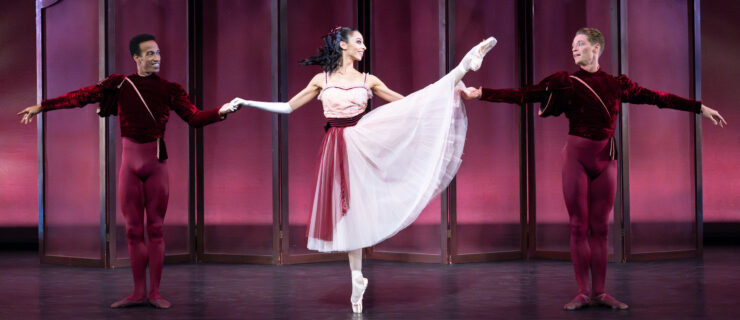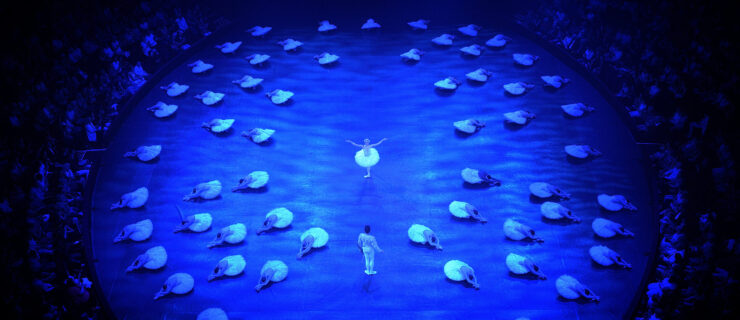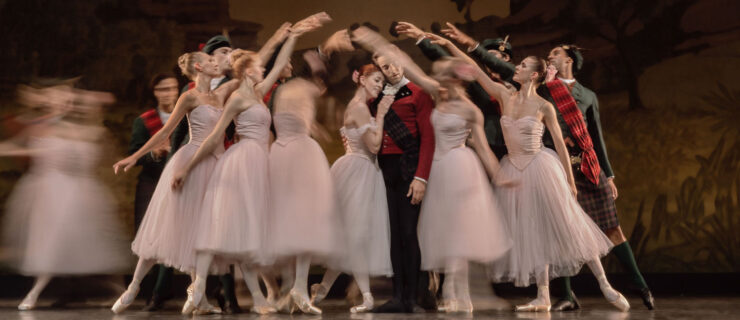Bournonville's Boys
Bournonville training creates some of the most elegant male dancers in the ballet world. Their upper bodies seem to move with poise, ease and a mix of strength and lightness, no matter what sort of footwork is going on underneath. This was especially evident last night at the Royal Danish Ballet’s performance in Lincoln Center, when a couple dozen or so of the company’s men danced Bournonville Variations, a mash-up of traditional classroom exercises created by the other Mr. B. All of those jumps with the arms en bas in class must train the body to move up into the air without help of the propelling force of the arms. Bournonville’s men’s chests don’t buck back and forth—the way too many ballet boys’ do—but seem to simply float upwards.
What’s odd, however, is how the Bournonville technique doesn’t seem to train the women’s bodies in the same way. The female dancers arms often look weak and stiff, like they’re not necessarily attached to their bodies. I noticed this both last night and in March when I saw advanced students from the school at the “Proteges” program at the Kennedy Center. Sometimes it almost looks like there are two different companies up there onstage—the men’s and the women’s. I don’t know why there’s such a disparity between the sexes. But as most people agree the Nikolaj Hübbe is doing great things at RDB, the women’s technique might be something for him to take a second look at.





